The News Broadcasters & Digital Association (NBDA) feels that as technology upends the television landscape, the best way forward would be to go in for deregulation of the linear TV sector, letting market forces balance out aberrations.
“That the manner in which the emerging digital technologies of content distribution and dissemination are not regulated at present, NBDA seeks deregulation of the linear TV or broadcasting sector,” the industry body has said in its submission to regulator TRAI’s consultation on ‘Review of Regulatory Framework for Broadcasting and Cable Services’.
It further added: “…the best recourse would be to adopt forbearance regime and permit the market forces to determine various issues, including pricing of channels. The existing regulatory restraints are not only making the entire TV viewing experience unattractive but also unaffordable to the consumers.”
NBDA, which was formerly known as News Broadcasters Association or NBA, emphasised that considering the changing technological landscape that has impacted the broadcasting sector, Telecom Regulatory of India (TRAI)’s consultation paper fails to keep pace with the changing times.
“The satellite TV broadcast industry is on the cusp of becoming extinct on account of onerous, and prescriptive regulations being made applicable to them in contrast to other content mediums, which are rightly left to be determined and run by market forces and by adopting the policy of forbearance.
“…before answering the questions posed for consultation, NBDA would also like to draw the attention of TRAI to certain concerns which arise from the consultation paper, which require discussion as any incorrect assumptions may result in an inaccurate hypothesis, which will not serve the interest of any stakeholder,” NBDA stressed.
The association prefaced its concerns on the consultation paper’s validity by stating that the tariff regime mainly, and some other rules, were debated and amended several times, including the last one being mandated November 2022, thus highlighting that further debate on the basic issues was not warranted.
The TV news channels’ association, which boasts of some of the big media companies, said it was incorrect on the part of the DPOs or distribution platform operators to suggest that they “understand consumer preferences better than the broadcasters as they interact with the consumers”.
“To assume that the consumer is a passive stakeholder and depends on DPOs’ advice for subscribing to channels/bouquets is a flawed assumption. The New Regulatory Framework is based on certain basic premises and any compromise with such premises will adversely affect the entire framework.
“The DPO acts as an intermediary as the role of DPOs is to re-transmit the signals of TV channels to the consumers. It is the broadcaster who, as owner of content, decides channel packaging and its pricing and is allowed to bundle TV channels and declare bouquet prices as per the prescribed framework. The DPOs are required to make available a-la-carte channels and the broadcasters’ bouquets to their subscribers.
“Therefore, it is not correct for the DPOs to suggest that they should be allowed to offer a discount of 45 percent akin to the discount allowed to be offered by the broadcasters while forming their bouquets. The broadcasters are owners of content and have the freedom to price their offering as per their business model. However, the DPOs role as stated herein above is that of an intermediary i.e. re-seller. If the cost of a TV channel or bouquet to DPO is approximately 100-35 percent (based on the maximum payout to DPO), the question arises as to how it would be economically possible for the DPO to offer the same at 100-45?” NBDA has argued.
Pointing out that the DPOs essentially declared the Distributor Retail Price (DRP), which is same as the MRP declared by a broadcaster, NBDA said DPOs can adjust such discounts from the distribution fee and the incentives that they get from the broadcaster.
“On the one hand, the DPOs have requested for flexibility in offering discounts up to 45 percent, similar to the broadcaster, but on the other hand, they have failed to offer discounts on the DRP vis à vis the MRP. The dichotomy on the part of the DPOs is apparent wherein their ask for higher discounts appears to be an eyewash, which has been raised with ulterior motives to gain control over bouquet formation and make pricing opaque for the consumers,” NBDA has submitted.
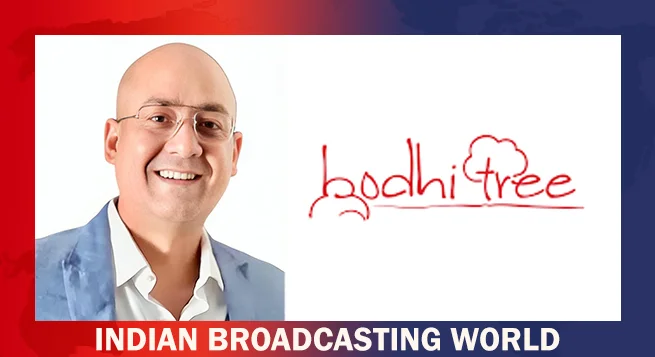 Bodhitree appoints Sudip Roy CRO; launches new revenue division
Bodhitree appoints Sudip Roy CRO; launches new revenue division  SonyLIV drops ‘Black, White & Gray-Love Kills’ trailer
SonyLIV drops ‘Black, White & Gray-Love Kills’ trailer 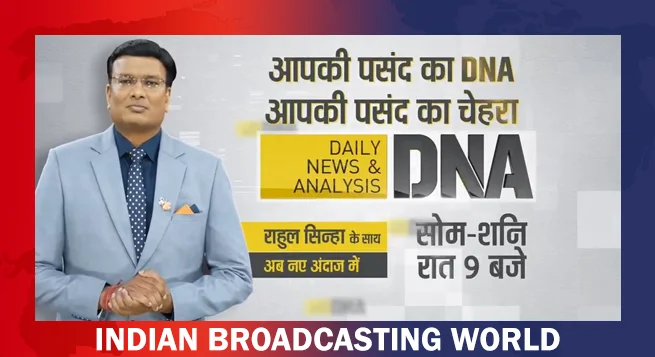 Rahul Sinha takes charge of Zee News’ DNA
Rahul Sinha takes charge of Zee News’ DNA 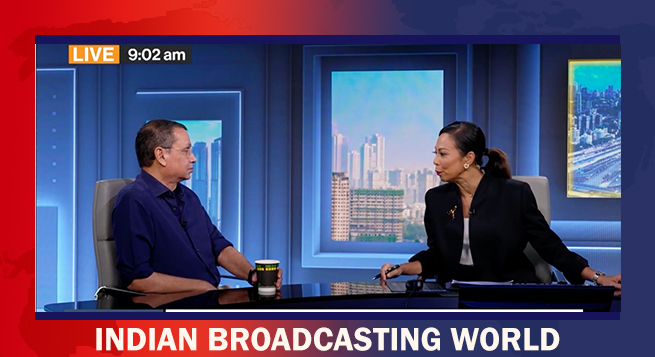 JioStar vice-chair Uday Shankar on surge in streaming subs, trade tariff challenges
JioStar vice-chair Uday Shankar on surge in streaming subs, trade tariff challenges  ‘Vicky Donor’ returns to theatres on April 18
‘Vicky Donor’ returns to theatres on April 18 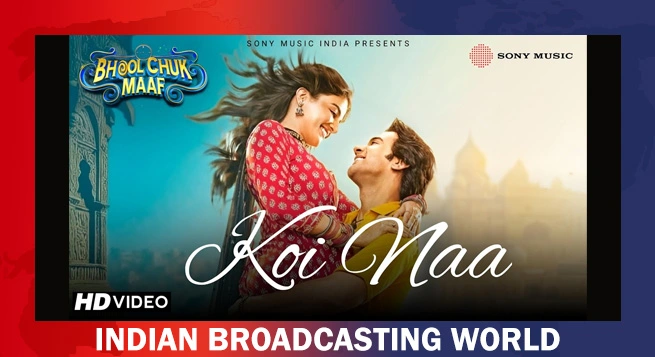 ‘Bhool Chuk Maaf’ unveils ‘Koi Naa’ first song of the album
‘Bhool Chuk Maaf’ unveils ‘Koi Naa’ first song of the album 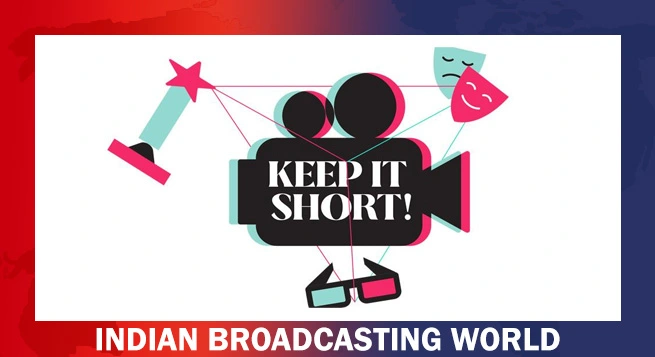 Cinystore Technologies unveils ‘KeepItShort’ new OTT platform
Cinystore Technologies unveils ‘KeepItShort’ new OTT platform 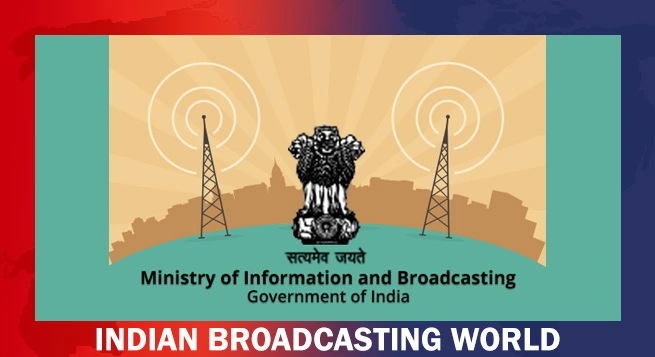 MIB cancels 1,100 MSO registrations; only 843 remain active
MIB cancels 1,100 MSO registrations; only 843 remain active  ‘The Legend of Hanuman’ S6 debuts at #1 on Ormax’s streaming Top 10
‘The Legend of Hanuman’ S6 debuts at #1 on Ormax’s streaming Top 10 








